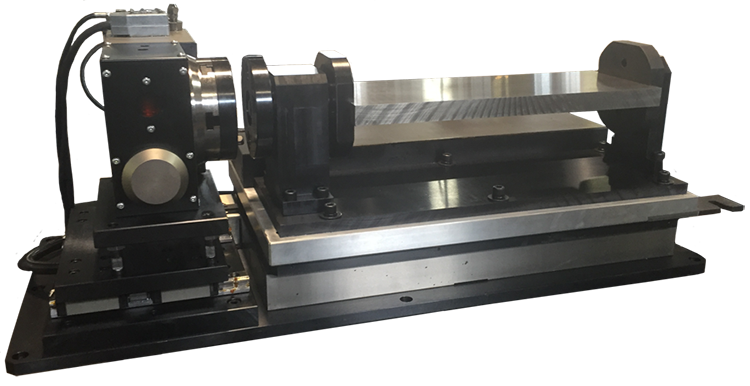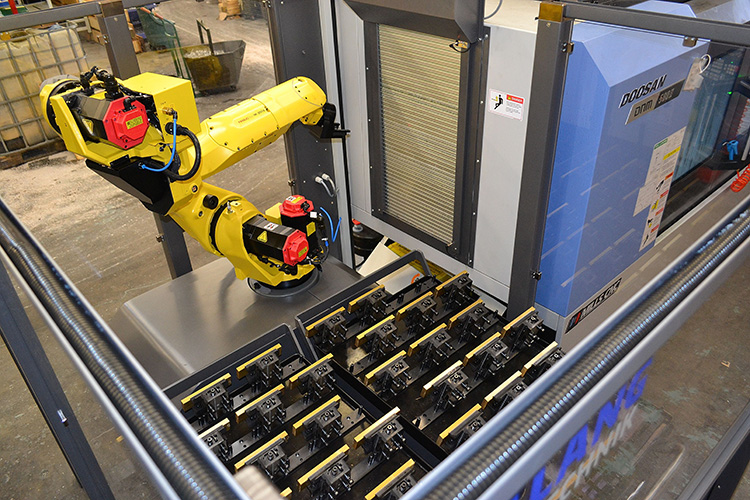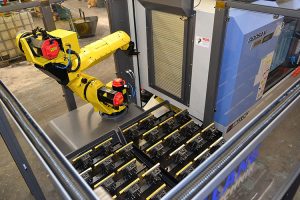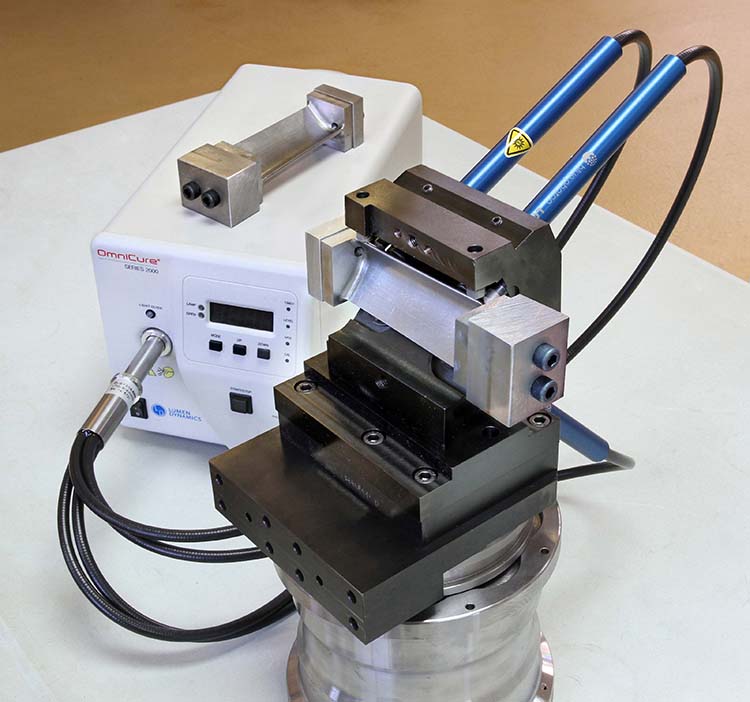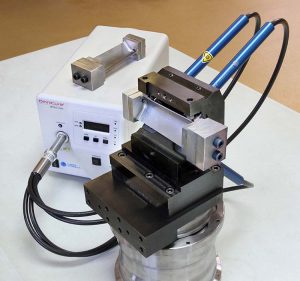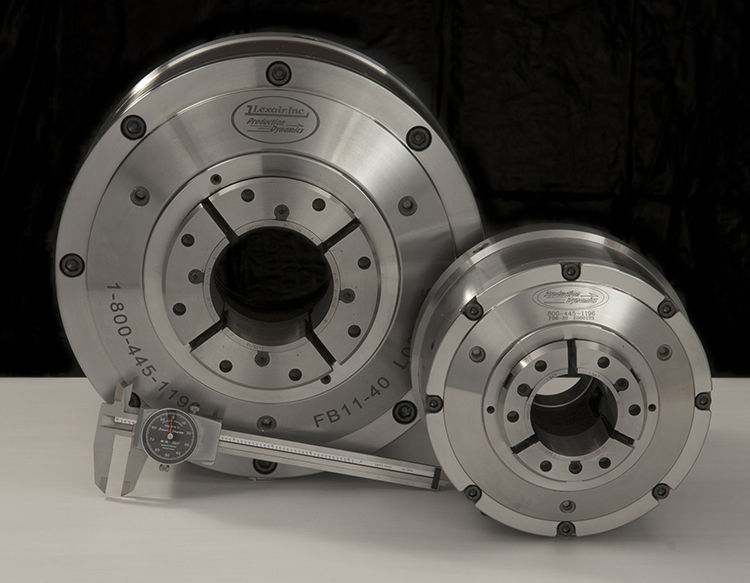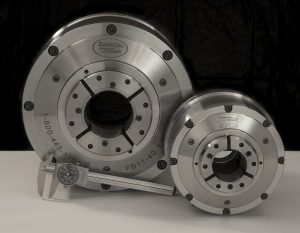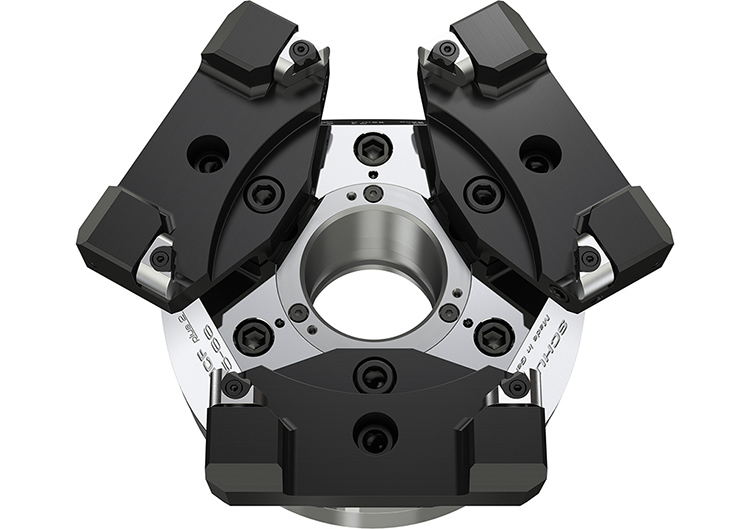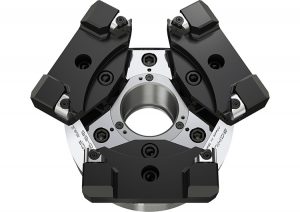Midaco Corporation, one of the key partners of Hyfore Workholding, made its EMO debut in Hanover during September, using the opportunity to introduce a new fourth-axis trunnion system for vertical and horizontal machining centres.
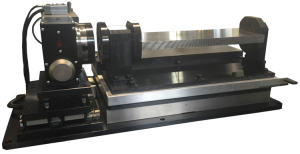
The trunnion system is aimed at subcontract or low-volume manufacturing environments, where easy and rapid access to a fourth axis for three-sided machining of workpieces is necessary but not permanent. To facilitate ‘all-around’ machining, the trunnion rotates through 360°. A ‘parked’ fourth axis can impair access to the total machining envelope, whereas with the Midaco unit it is completely removed, along with its docking unit.
Midaco’s trunnion system is supplied with a permanently wired, universal receiver that automatically engages with the chosen fourth-axis unit (not supplied).
“Innovative components such as this can really help productivity as the operator can effectively be working on two jobs at a time,” says Rob Beckett, workholding product manager for Hyfore. “Different workpieces are being machined while the set up for the next – possibly different – batch can be undertaken safely out of the machine. Therefore, the transition between machining two different jobs is virtually seamless.”
In addition to the trunnion system, Midaco featured one of its M3016FL manual pallet changers on the stand. Midaco products are available exclusively in the UK from Hyfore Workholding, which can undertake all of the engineering and installation either as a retrofit or as part of a new turnkey installation.
For further information www.hyfore.com






